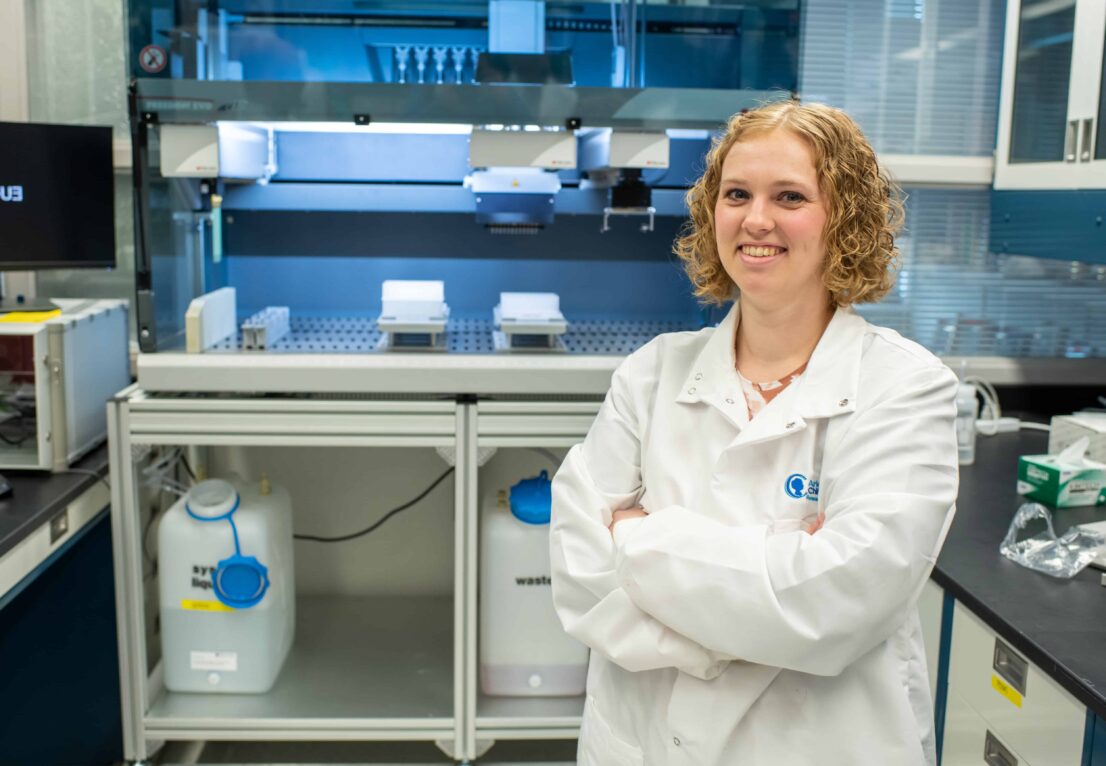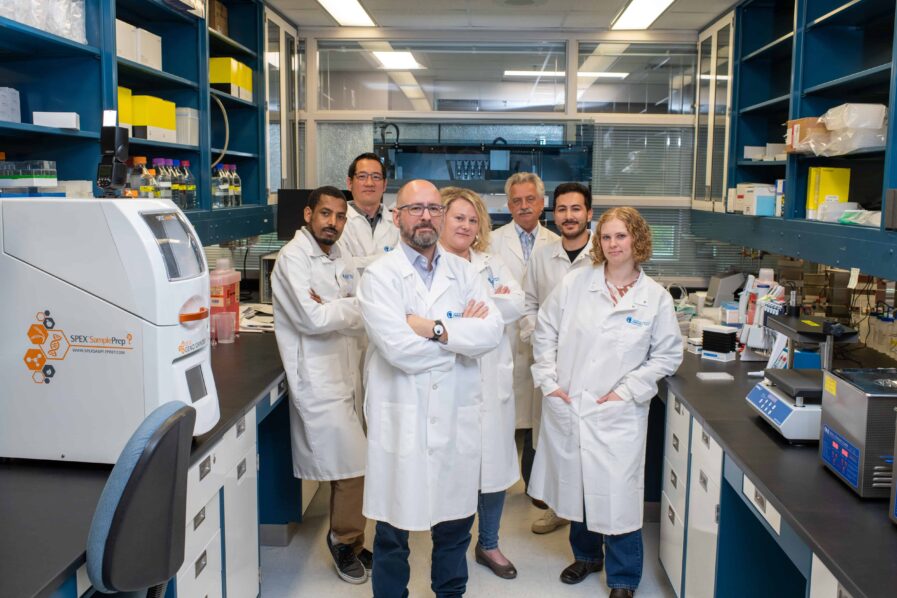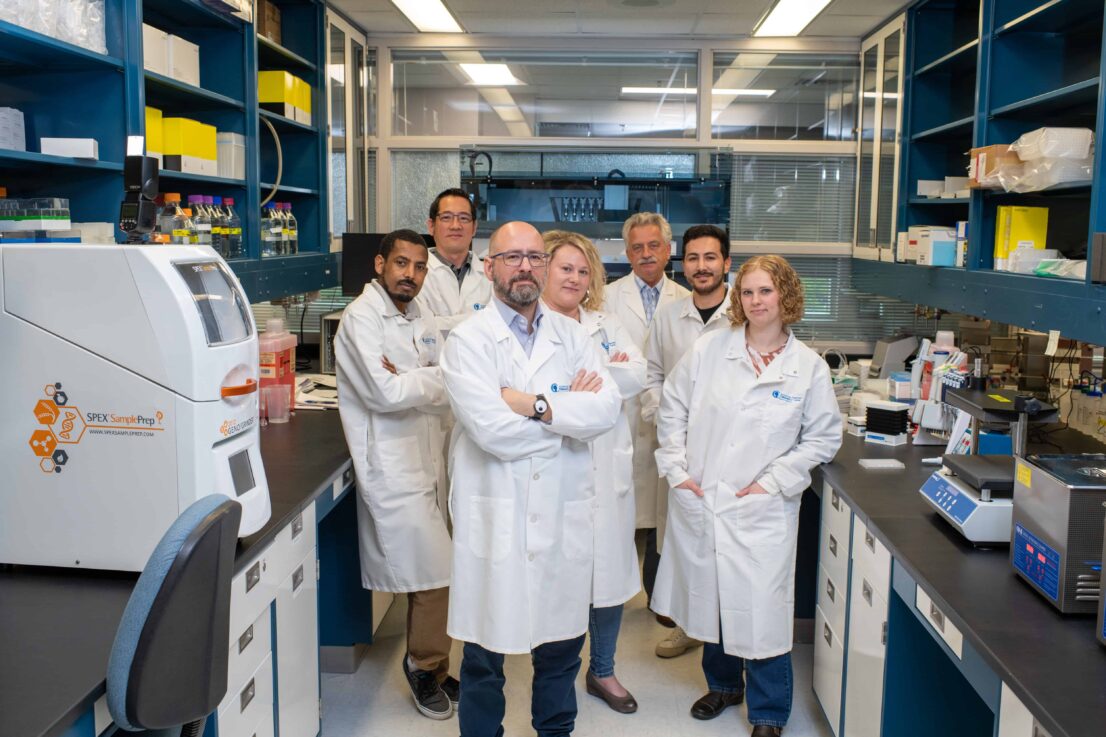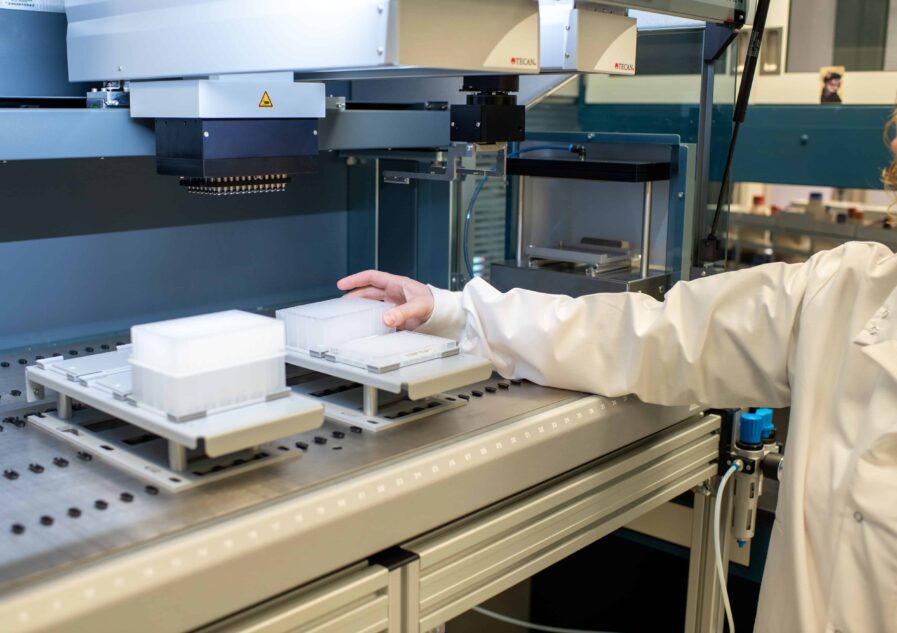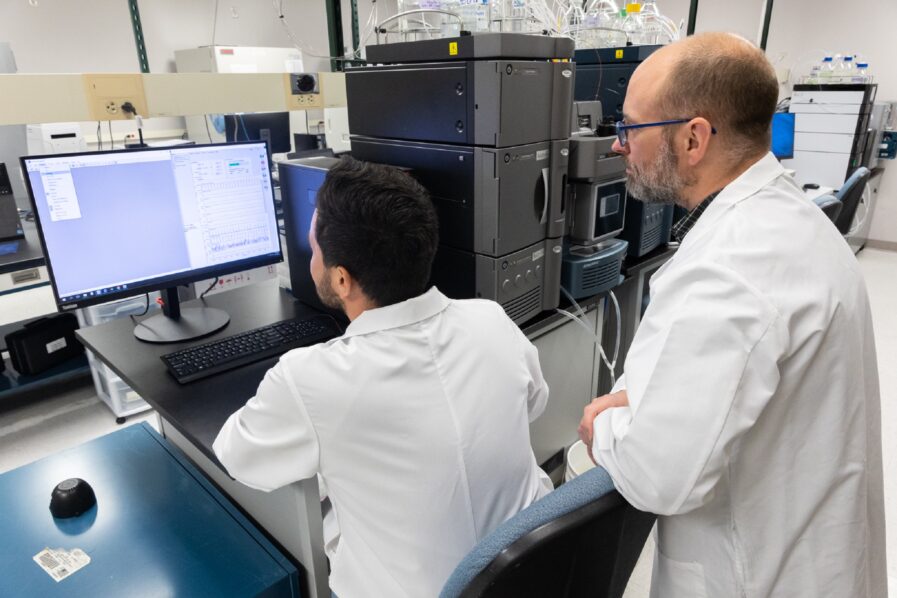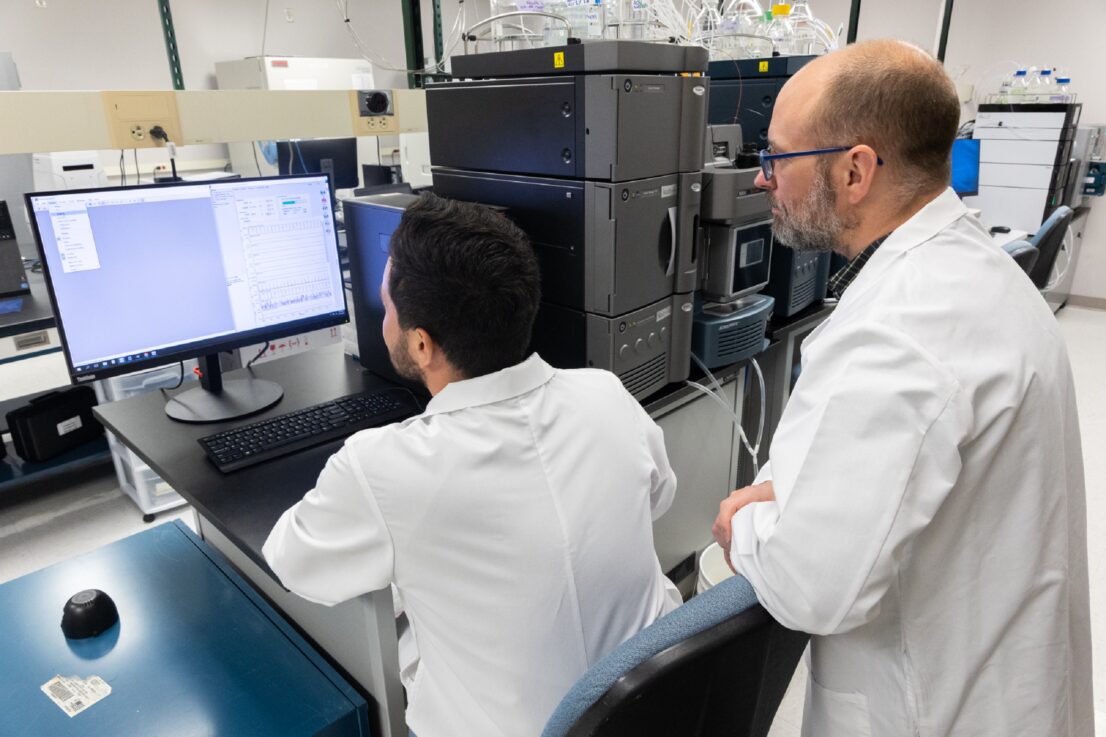Overview
With a 2,200 square-foot laboratory dedicated to the chemical analysis of biological samples and diets, the Arkansas Children’s Nutrition Center Metabolomics and Analytical Chemistry Core, directed by Colin Kay, Ph.D. (Scientific Director) and Renny Lan, Ph.D. (Operations Director), as well as a full-time chemist and several affiliated post-doctoral trainees responsible for operation and maintenance the LC-MS systems, and work closely with the Arkansas Children’s Nutrition Center Biostatistics and Data Innovation Core to analyze and process metabolomic, lipidomic, and targeted assay data (targeted and untargeted) from a variety of human and animal samples including plasma, serum, tissues, urine, milk, and fecal/intestinal contents. Learn more about the core capabilities
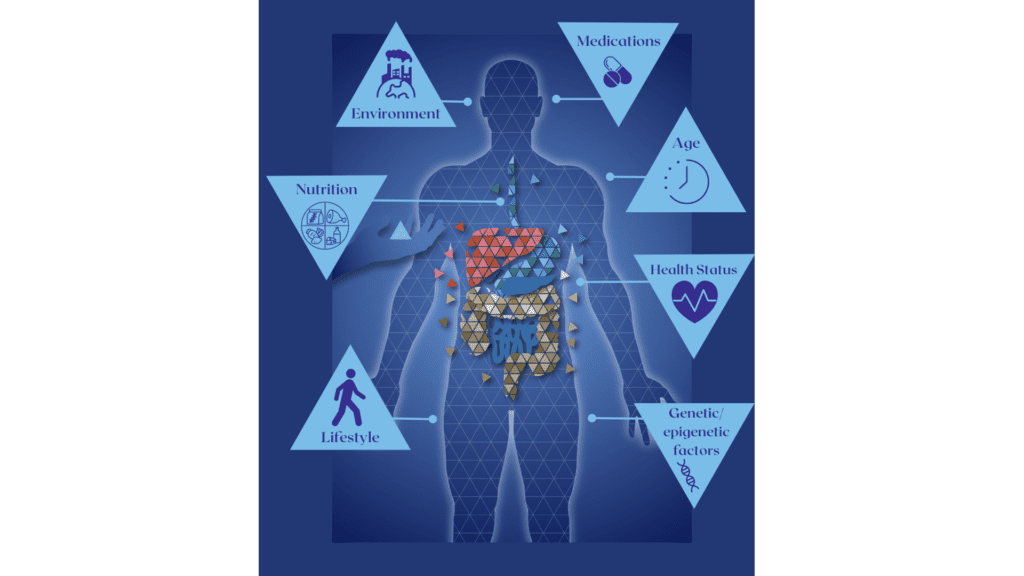
Assays
Using chromatography and various mass spectrometry platforms to describe metabolites – proteins, lipids, phytochemicals, and other small molecules from a variety of human/animal and plant/food samples.
- Untargeted Metabolomics
- Lipidomics
- Short Chain Fatty Acids (SCFA)
- Phytochemical and Microbial Metabolomics
Untargeted Metabolomics
The metabolome, or chemical fingerprint of a biological sample reflects human metabolism and exposure to environmental chemicals. Untargeted metabolomics is unsupervised or discovery-based approach to capture chemical exposures without having pre-existing knowledge about identities of metabolites in a biospecimen and is used to discover why people or populations respond differently to changing diets, lifestyles, or medical interventions. Go in-depth
Lipidomic Assays
Lipids are the building blocks of cell membranes and crucial for cell structure, energy metabolism, and signaling. Many metabolic diseases are also characterized by lipid-related abnormalities. A “lipidome” refers to the complete profile of lipid species present in a sample, while “lipidomics” is the study of the lipidome, including its interaction with genes and proteins involved in lipid metabolism. In nutrition research, lipidomics explores the relationship between health, diet, nutrients, and human metabolism – and can be used as a bio-signature to assess health effects or optimize food processing for diet quality. Learn More
Short Chain Fatty Acids (SCFA)
These metabolites are produced in the intestine from the microbial fermentation of indigestible polysaccharides and polyphenols and have roles in health and disease which are not fully understood but have been implicated in cardiometabolic disorders, obesity, cognition and neurodevelopmental disorders, and immune regulation. Our SCFA Assay characterizes and quantifies 12 short and medium chain fatty acids using 3NPH derivatization protocol.
Phytochemical and Microbial Metabolomics
Our phytochemical metabolome workflow provides quantitative assays of up to 200 analytes from a library of over 500 dietary phytochemicals and phytochemical derived human and microbial metabolites. Phytochemical metabolites from commonly consumed foods have diverse plasma signatures corresponding to prolonged intestinal absorption and metabolism, driven primarily by intestinal microbiota. Phytochemical intake provides improved markers of diet quality and are inversely associated with disease biomarkers and incidence. Our quantitative workflow provides a metabolic fingerprint which can be used as a metabolic phenotyping tool to capture the impact of the diet and microbial metabolome on biological response to diet.
Powerful analytical capabilities for the systematic analysis of metabolites in biological specimens — found at a certain time, under defined conditions

Thermo Q-Exactive Mass Spectrometer
Thermo Q-Exactive hybrid quadrupole-orbitrap MS, with a Thermo/Dionex UltiMate 3000 UHPLC chromatography system
Learn more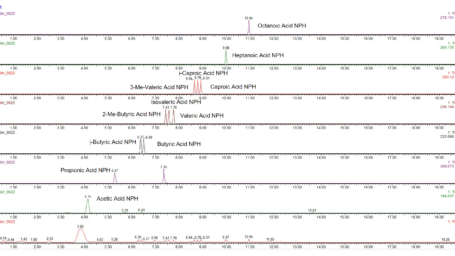
Thermo Orbitrap Exploris 480 Mass Spectrometer
Thermo Orbitrap Exploris 480 MS coupled with a Vanquish Horizon UHPLC, using AcquireX data acquisition
Find out about specific analyses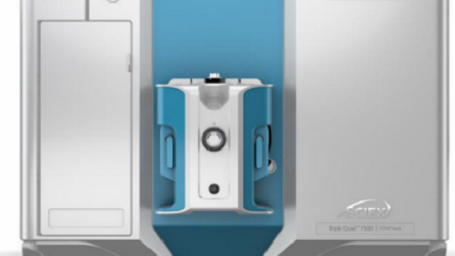
SCIEX 7500+ QqQ Mass Spectrometer
Exion High performance UHPLC coupled electrospray 7500+ QqQ MS (SCIEX), using SCIEX OS operational and data acquisition software
Check out how we use it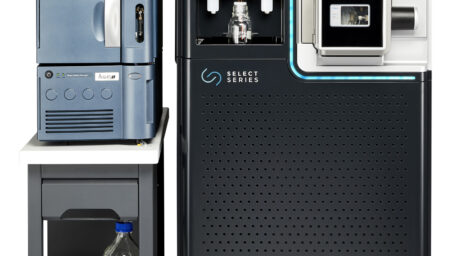
Waters Cyclic Ion Mobility Quadrupole Time of Flight Mass Spectrometer
Waters Cyclic Ion Mobility Quadrupole Time of Flight MS (cIMS) interfaced with a Waters ACQUITY Premier UPLC system running Masslynx software
Delivering cutting-edge analysis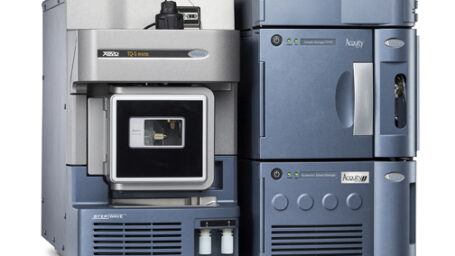
Waters Xevo TQ-S micro QqQ Mass Spectrometer
Waters Xevo TQ-S micro Triple Quadrupole MS running MassLynx Software, integrated with ACQUITY Premier UPLC
See how it works
Waters QDa Mass Spectrometer
Waters PDa system, coupled with an H-class ACQUITY UPLC with a QDa mass detector running Empower software
This is how we use itAdditional Information
Within the Metabolomics and Analytical Chemistry Core, the lab of Sree Chintapalli, Ph.D., has an advanced isothermal titration calorimeter (Microcal PEAQ-ITC, Malvern USA), Circular Dichroism (CD spectropolarimeter, J-1500 model, Jasco instruments, USA) and Oxytherm+ respirometer (Hansatech USA), ACTA Purification (GE USA) instruments for conducting biochemical and biophysical research in the fields of protein-ligand interactions and mitochondrial oxidative phosphorylation studies.




